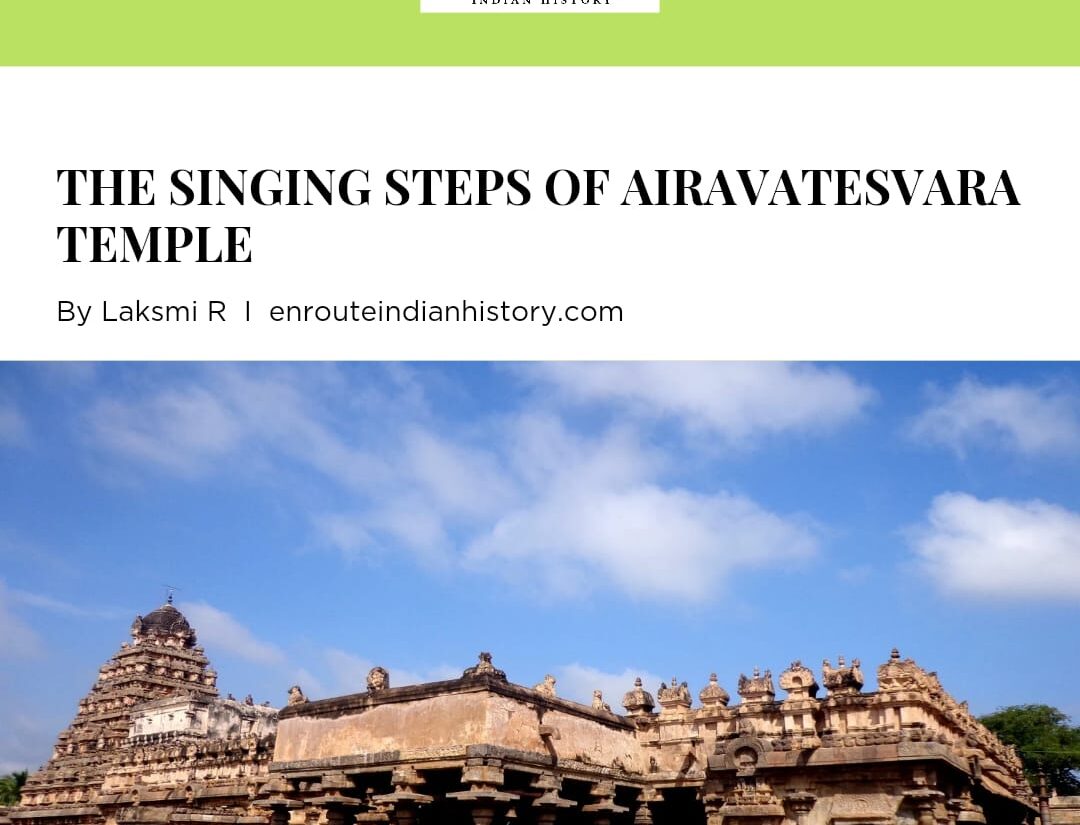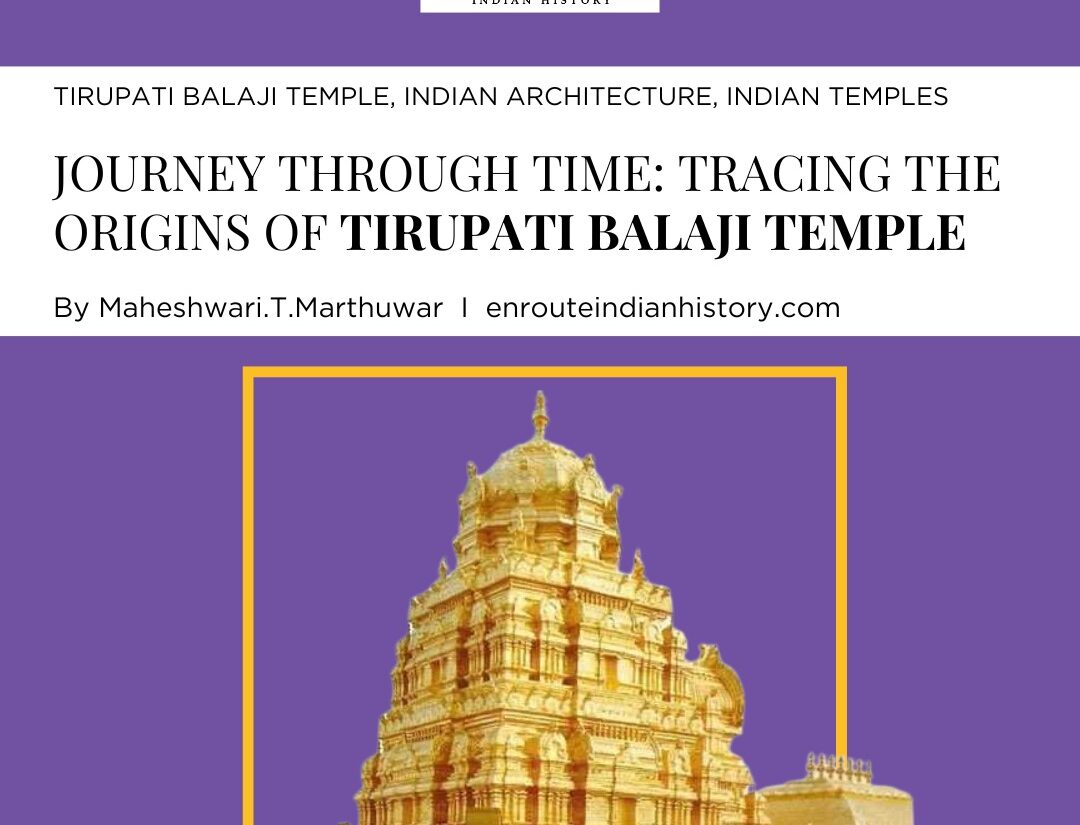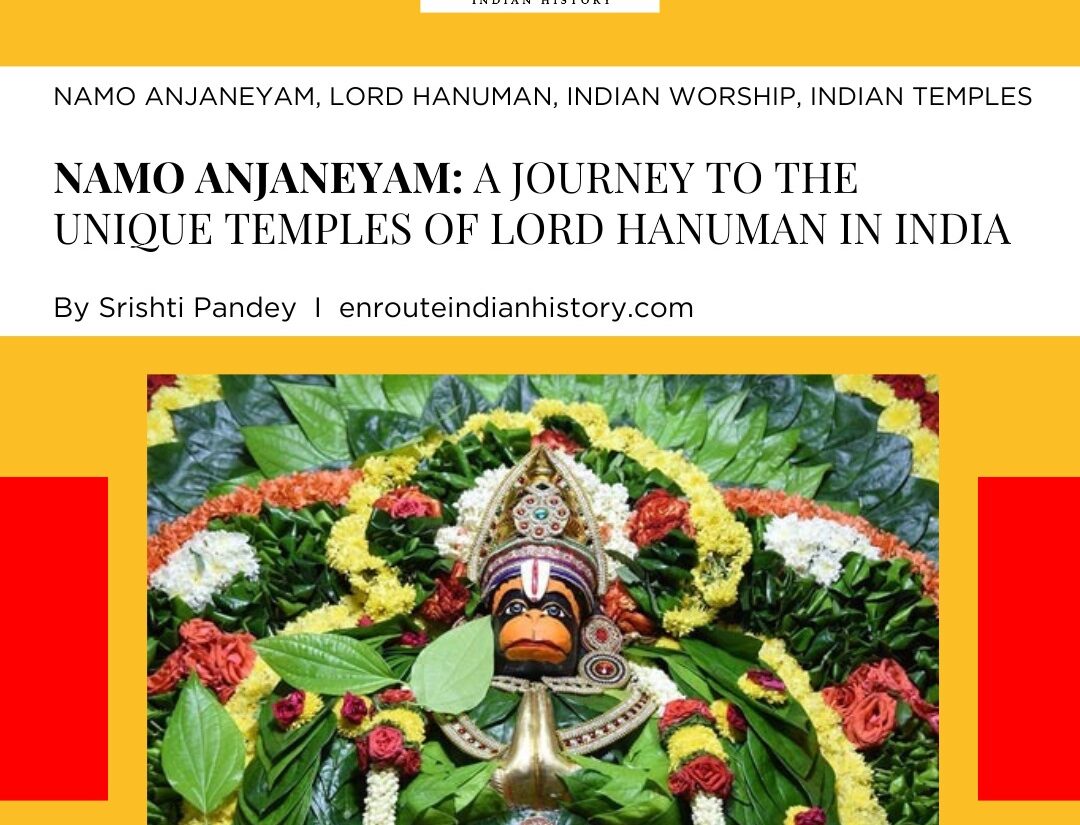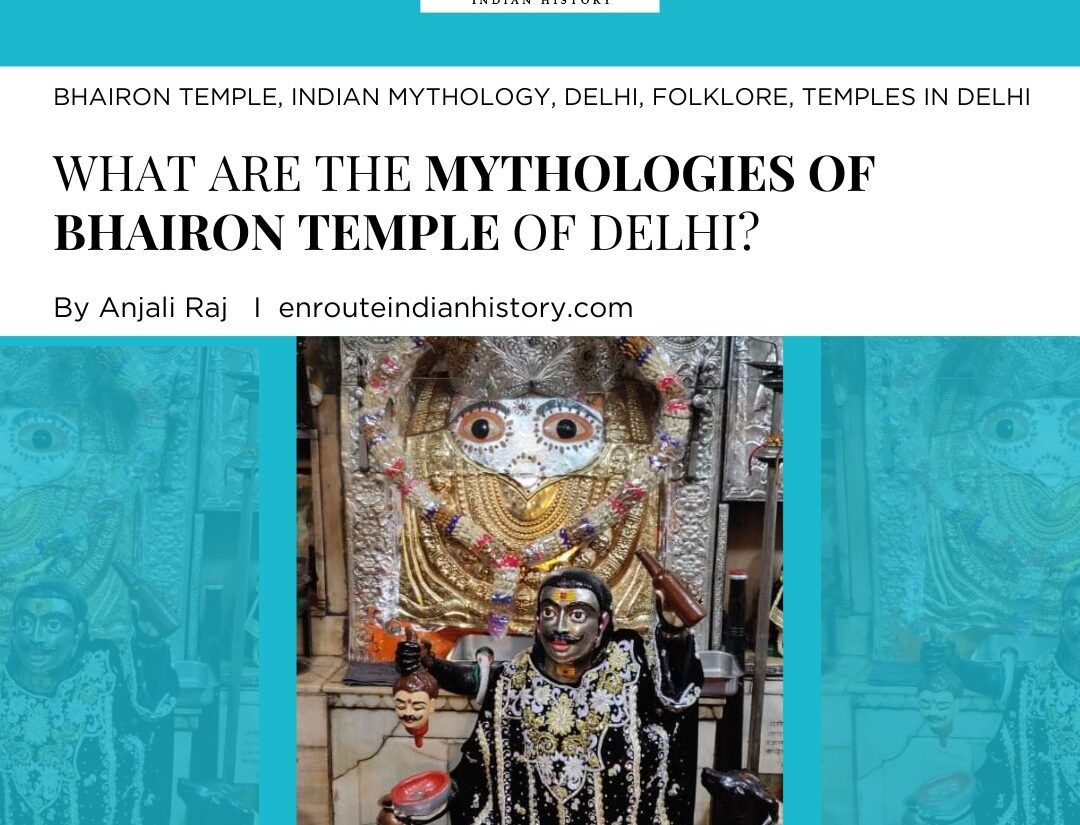Pillars of Splendor: Unraveling the Enigma of the Chennakeshava Temple Pillars
- EIH User
- April 25, 2024
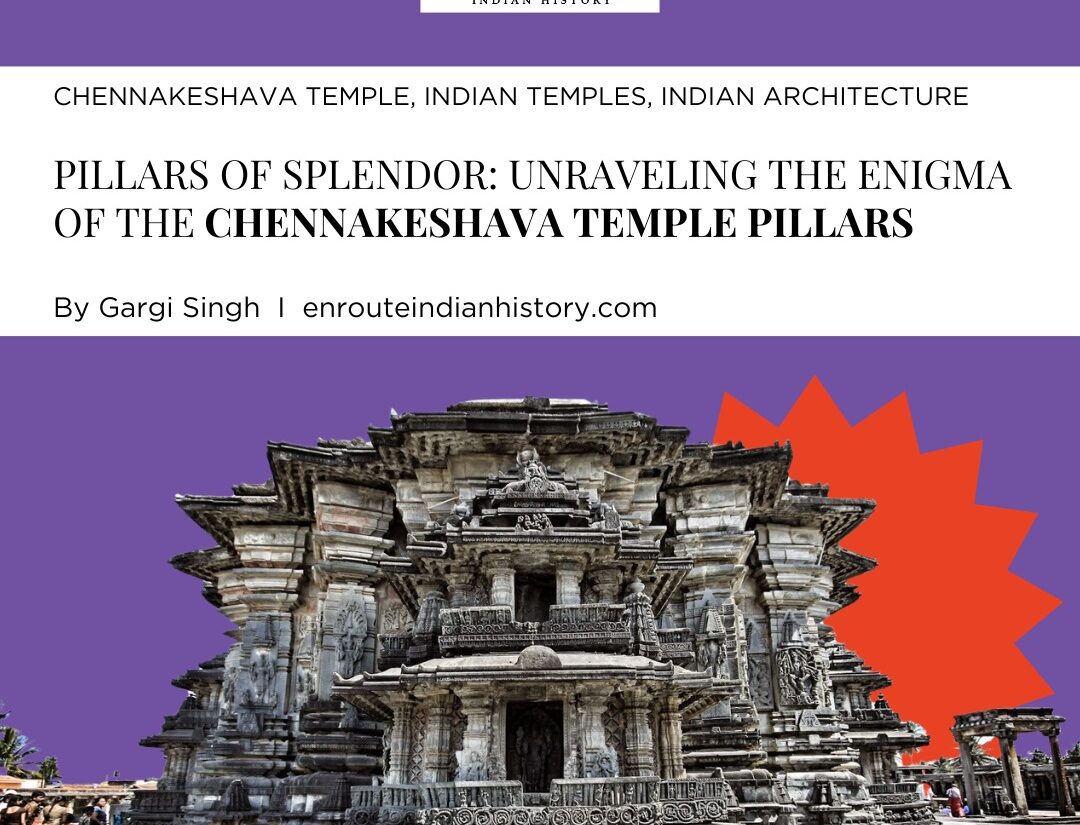
Around 200 kilometers west of Bengaluru, the capital of Karnataka, in the Hassan district, lie the majestic twin cities of the Hoysalas: Halebidu and Belur. The temple complex present in Belur, the then capital of Hoysalas reigning from the 11th to 14th centuries, is an architectural marvel commemorative of the military prowess of the dynasty.
The temple was commissioned by the Hoysala ruler Vishnuvardhan in 1117 C.E. to commemorate his conquest of Gangavadi, initially controlled by the Cholas. Chennakeshava, literally meaning The Great Lord Vishnu is the temple complex dated to Lord Vishnu as Vishnuvardhan was a devout Vaishnavite.
The Chennakeshava Temple is filled with intricate detailing and architectural precision as presented in its mesmerizing pillars, beautiful stepwells, intricately designed sculptures and ceilings, and stunning exteriors and interiors.
The temple sculptures are chiseled out of soft soapstone which is appropriate for intricate carvings. The temples are usually raised on a platform called Jagati which not only gives the temple a raised look but also provides a Pradakshinapath or circumbulation pathway as the sanctum sanctorum or the Garbhagriha does not have any such features.
Inside the temple no two pillars are the same. The carvings on the pillars are mind blowing and the artwork and the intricate carvings are detailed as well as precise. A total of 48 pillars all there in the temple, all are uniquely carved and decorated while four central pillars are chiseled, featuring mandanikas or celestial nymphs.
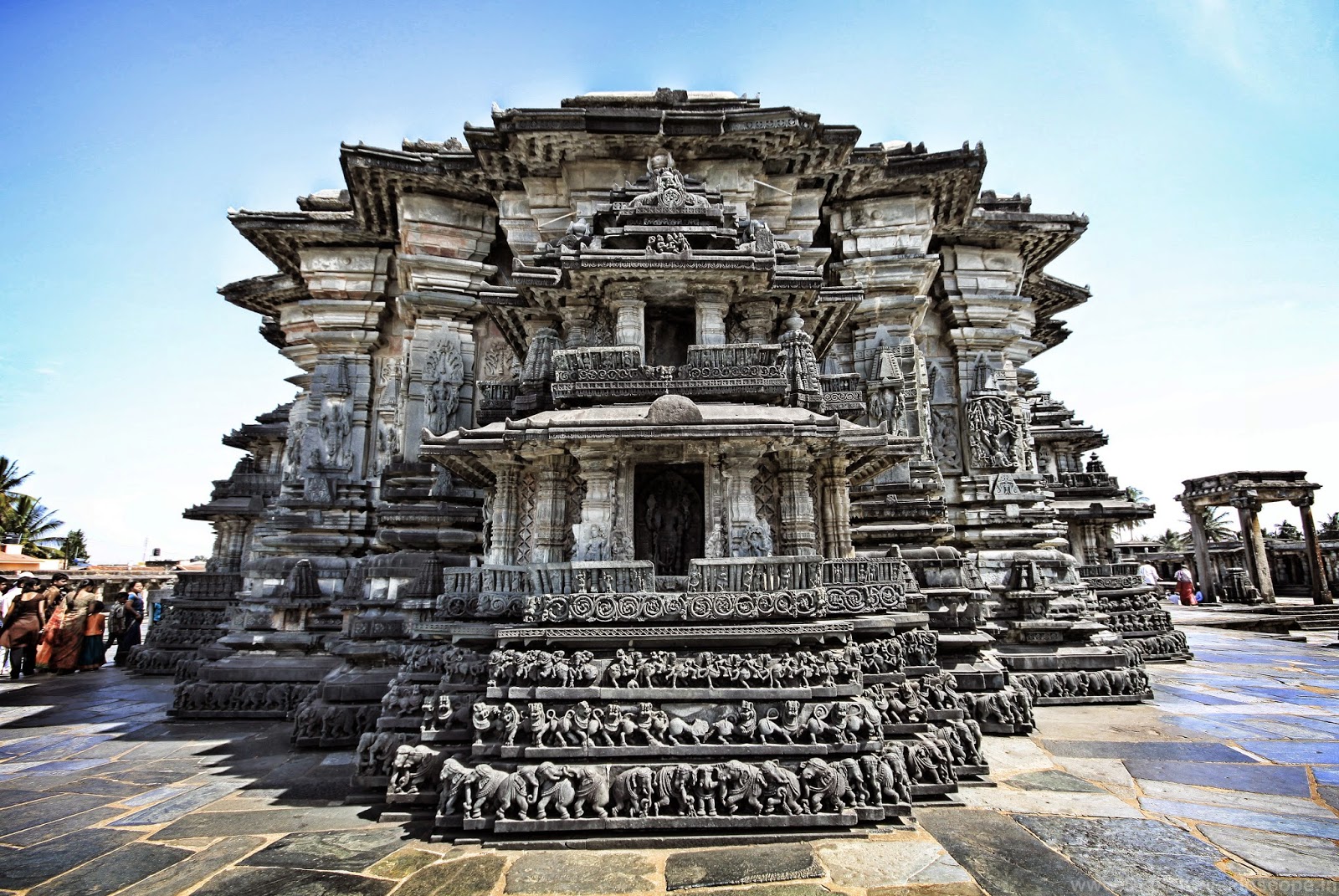
(Image Description: Front view of one of the shrines at Chennakeshava Temple.
Source: memorableindia.com, blog via Sinchita Mitra)
The pillars of the Chennakeshava Temple in Belur collectively embody a beautiful concoction of artistic expression and cultural symbolism. As integral components of Hoysala temple architecture, these pillars showcase a breathtaking diversity of themes, from mythological narratives and celestial beings to floral motifs and everyday life scenes. Crafted from soft soapstone with remarkable precision, each pillar stands as a testament to the Hoysala artisans’ mastery of their craft. Among them, the central pillars featuring mandanikas and iconic figures like Narsimha and Mohini captivate visitors with their sculptural beauty and spiritual resonance. These pillars not only support the temple’s structure but also serve as portals to a bygone era, where art, religion, and architecture converged to create timeless marvels that continue to inspire wonder and admiration.
One of the most celebrated pillars in the Chennakeshava Temple is the Narsimha pillar or the Index Pillar of about 30ft in height, dedicated to the half-man, half-lion incarnation of Lord Vishnu. This pillar is a testament to the Hoysala artisans’ skill in capturing dynamic and mythological narratives in stone. The Narsimha sculpture atop the pillar embodies power and grace, with intricate details showcasing the ferocity of the lion’s form combined with Vishnu’s divine presence. The pillar also contains motifs of other important events like Samudra Manthan from Hindu Mythology.
From its qualities it is believed that this pillar had a mechanism to rotate because of having ball- bearings at the top and bottom enabling it to rotate on its own axis. The pillar rests on a rectangular pedestal on whose circular end, it could have been rotated.
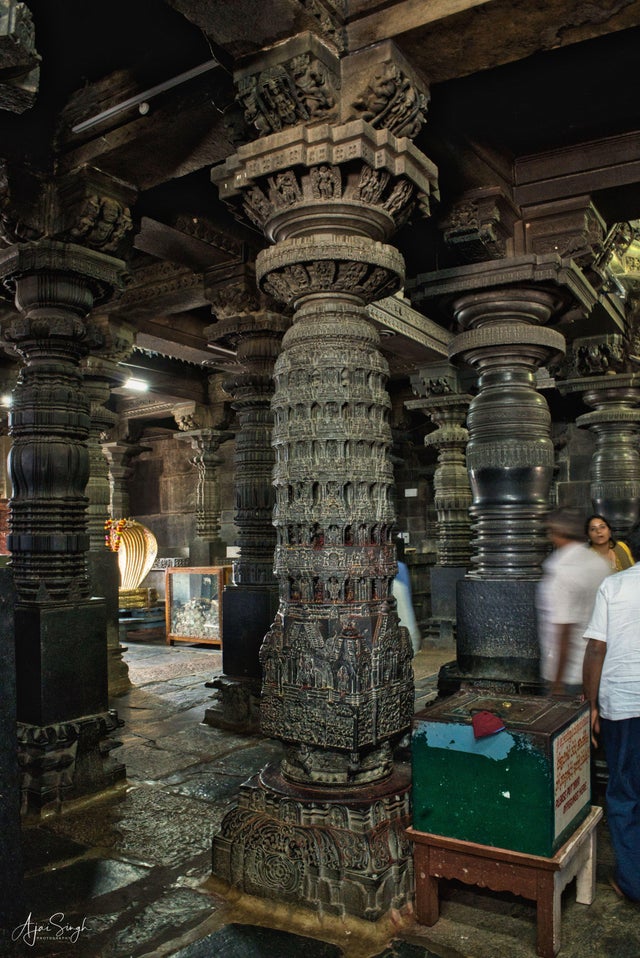
(Image Description: Narsimha Pillar, Chennakeshava Temple)
(Source: @ArjunSharma005 via Reddit)
Another marvel within the temple complex is the Gravity pillar. This pillar stands on its own without any foundation below it. The engineering marvel is on a star shaped platform which is typical of the Hoysalas.
The Hoysala artisans’ understanding of acoustics and stone craftsmanship is showcased in this engineering marvel, which continues to intrigue visitors and scholars alike. The Gravity pillar exemplifies the Hoysala dynasty’s innovative approach to temple architecture, blending functionality with aesthetic allure.
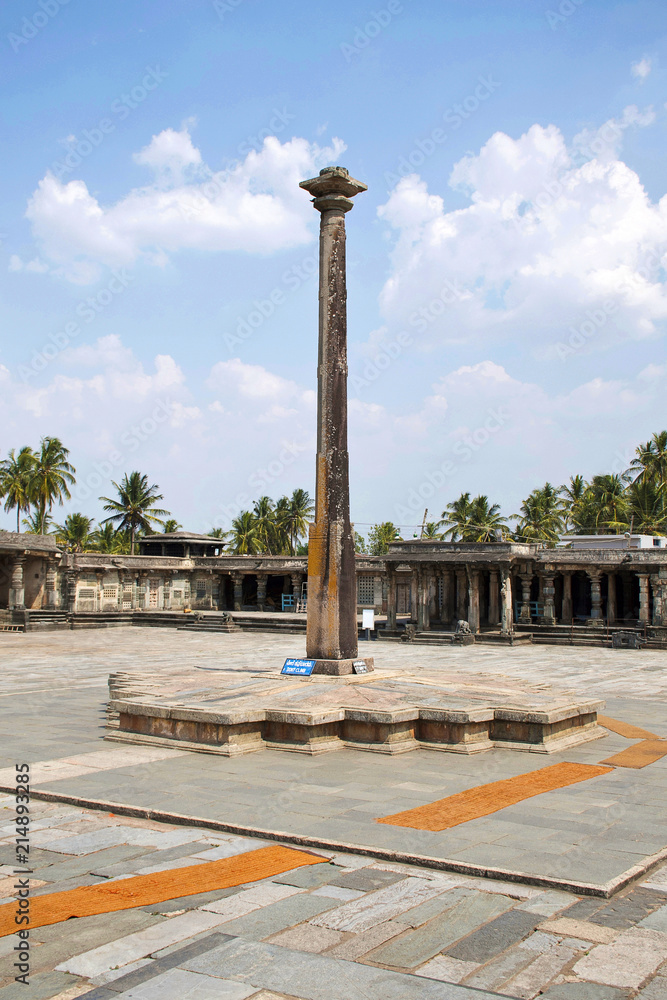
(Image Description: Gravity Pillar at Chennakeshava Temple Courtyard
Source: Adobe Stock)
The Mohini pillar is a captivating portrayal of the enchantress Mohini, a female avatar of Lord Vishnu. This pillar depicts Mohini in a graceful dance pose, her form exuding elegance and charm. The sculptor’s attention to detail is evident in Mohini’s flowing attire, delicate features, and expressive posture. The Mohini pillar symbolizes beauty and divinity, reflecting the Hoysala artisan’ reverence for feminine grace and mythology.
The pillar’s placement near the dancing area in Navrang within the temple speaks to its significance in conveying spiritual narratives through artistic expression. Incidentally, if you closely notice Mohini’s feet, her toe second to her big toe is longer. This deformity, as called as Morton’s Toe in modern medicine, was sought after in marriageable women, considering it as a trait of an ideal wife.
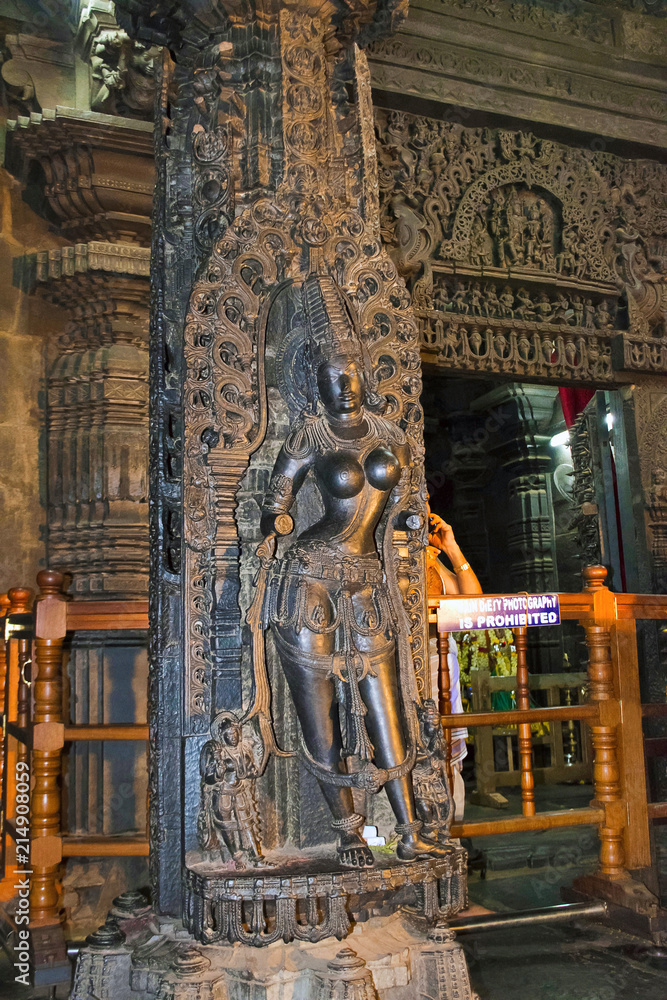
(Image Description: Mohini Pillar at Chennakeshava Temple
(Source: Adobe Stock)
The Narsimha, Gravity, and Mohini pillars of the Chennakeshava Temple epitomize the artistic brilliance and cultural richness of the Hoysala dynasty. Each pillar tells a unique story through exquisite carvings, blending mythology with architectural innovation. These pillars not only support the temple’s structure but also serve as enduring symbols of devotion and creativity, inviting visitors to experience the magic of medieval Indian temple artistry firsthand.
The temple complex was made a part of the “Sacred Ensembles of the Hoysalas” at the UNESCO World Heritage Site in 2023. The Chennakeshava Temple in Belur stands as a testament to the enduring legacy of Hoysala temple architecture. The intricate and diverse pillars within this sacred space epitomize the artistic genius, spiritual devotion, and cultural richness of medieval Karnataka. Through their elaborate carvings and symbolic motifs, these pillars offer a glimpse into a bygone era, where craftsmanship was elevated to the level of divine expression.
Visiting the is not just a journey through history, it’s a profound experience of encountering the timeless beauty and profound spirituality embodied in every stone. As these pillars continue to silently narrate their stories, they remind us of the profound connection between art, architecture, and the human spirit—a connection that transcends time and resonates with the soul of every visitor.
References
- Bhargava, Piyush. “HOYASALA TEMPLE ARCHITECTURE – ‘THE LATER CHALUKYAN STYLE.’” Proceedings of the Indian History Congress 71 (2010): 1307–9. http://www.jstor.org/stable/44147623.
- Mudde, Raggi. “Chennakesava Temple, Belur – a Hoysala Marvel.” Karnataka.com, October 6, 2021. https://www.karnataka.com/belur/chennakesava-temple-belur/.
- Madur. 2011. “The Great Hoysala King – Vishnuvardhana.” Karnataka.com. November 21, 2011. https://www.karnataka.com/personalities/hoysala-king-vishnuvardhana/.
- Mitra, Sinchita. n.d. “Chennakesava Temple in Belur Karnataka Archives.” Memorable India Blog. Accessed April 21, 2024. https://memorableindia.com/blog/tag/chennakesava-temple-in-belur-karnataka/.
- April 25, 2024
- 25 Min Read
- April 25, 2024
- 14 Min Read
